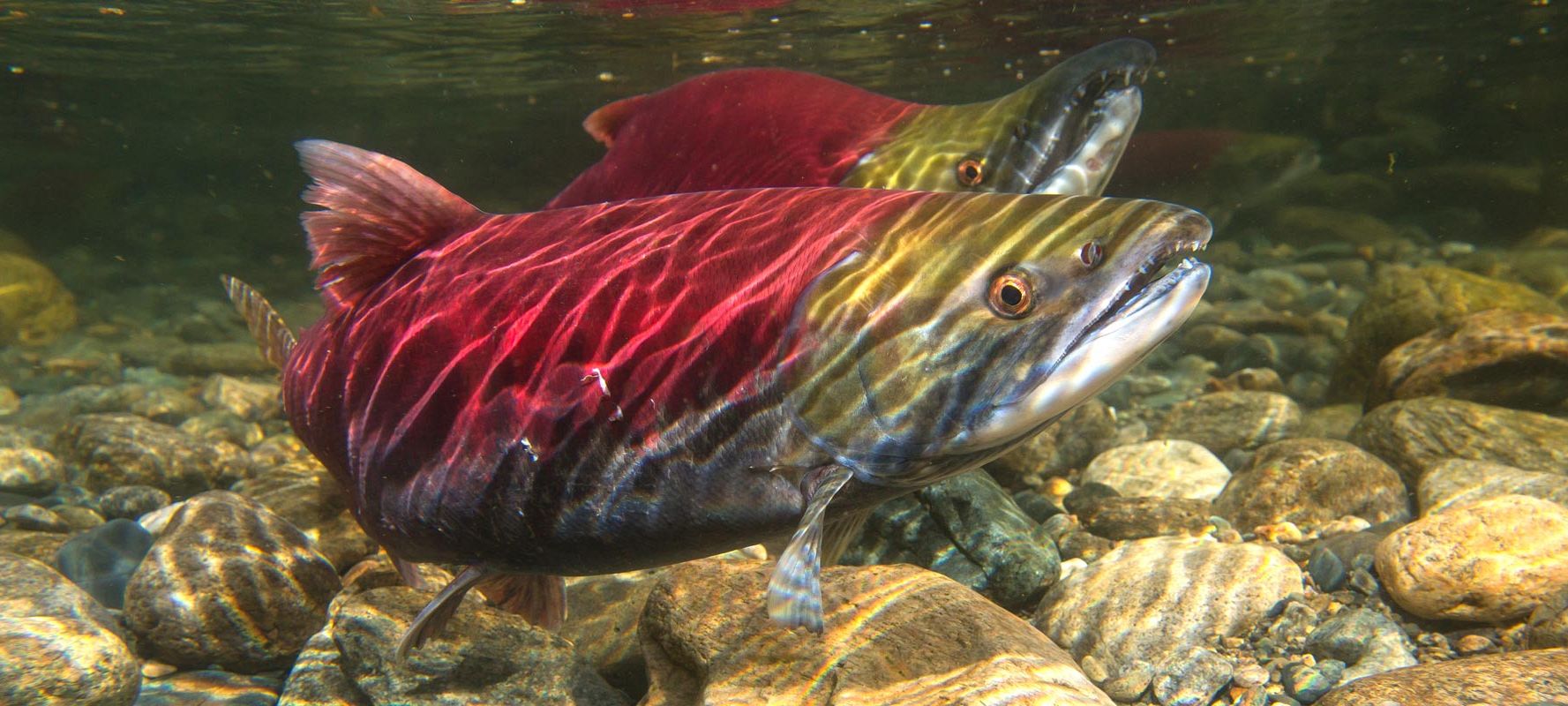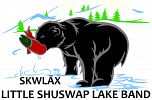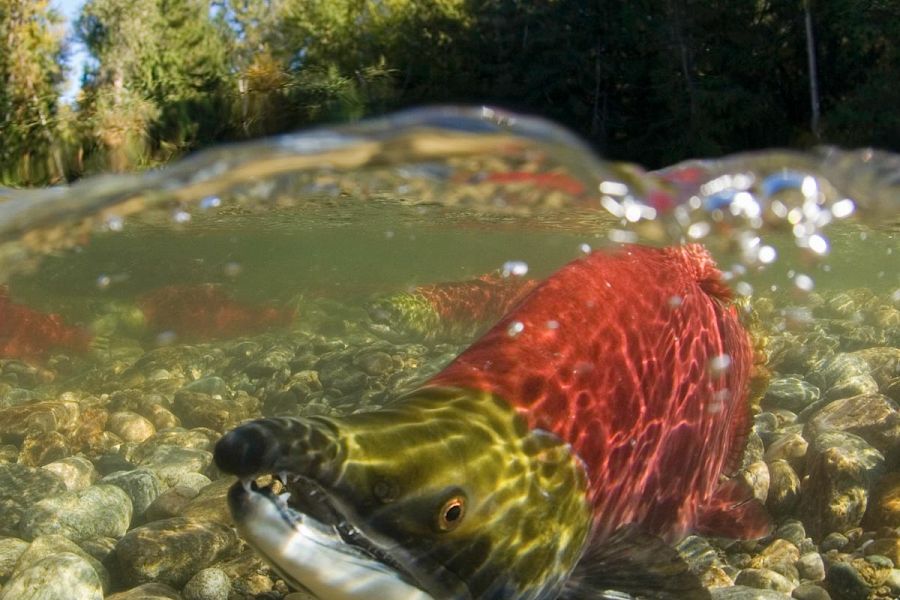
1965 - 1994
During the period between 1965 and 1972, the BC Parks Branch pressed for legal protection of Crown lands along the Adams River. By the 1970’s, the unique value of the Adams River was considered threatened.
In May of 1975, a formal freeze on all private land development was proclaimed under the Environment and Land Use Act, and in 1977 the Adams River Recreation Area was established.
Between 1976 and 1986, 46.9 hectares (116 acres) of land along the river was acquired and protected by The Nature Trust of British Columbia, a leading land conservation organization. These properties are still under long-term lease to the BC Ministry of Environment.
The Adams River Recreation Area was renamed in 1978, to honour Roderick Haig-Brown, the great British Columbian conservationist, author, fly-fisher, and magistrate. In 1991, Roderick Haig-Brown gained full status as a Class “A” park and BC Parks initiated the idea to establish a non-profit organization to assist in developing a concept plan for the Park.
By 1993, efforts began to form the Adams River Salmon Society, which was then incorporated on February 22, 1994.
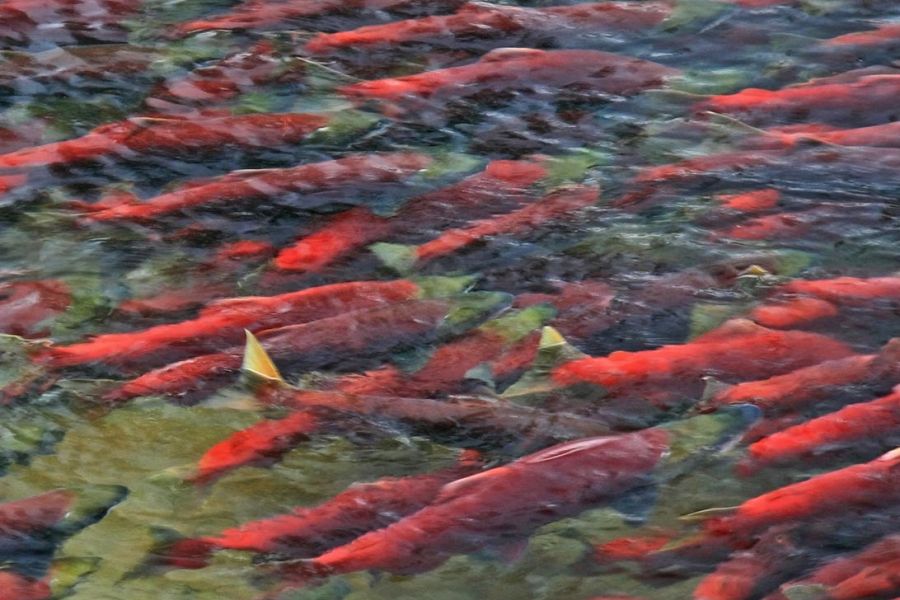
Photo Credit: Mike Stefiuk
2006 - 2013
In 2006, The Adams River Salmon Society built the Interpretive Cabin through a government work program. The log cabin was built by the Society next to the parking lot to provide office space and a centralized location for interpretive services. Since the Salmon Society had not started it’s interpretive programing, the cabin was using the cabin to sell artisan wares.
After the dismal returns in 2009 (prompting the Cohen report), the Salmon Society was concerned about the numbers of returning salmon. The Salmon Society concentrated on education. Some of our volunteers joined BC Parks and Oceans and Fisheries Canada (DFO) to provide self-guided interpretation along the trails. 2010 was a surprise in returning numbers. It was the largest return in 100 years.
The large numbers of returning salmon, Cohen Report and great weather, lead to a large media interest. Nettie Wild’s film installation at the Cambie bridge in 2017 was inspired by her visit in 2010. Rather than contracting out the Admissions, the Salmon Society took on this role. Sandra Spicer, a board member (she passed away in 2013 – there is a bench for her on the island loop) was very instrumental in creating the first “bible” on how to run the Salute to the Sockeye festival.
2014 & 2015
In 2014, the Salmon Society took over running the Souvenirs. The park went through major upgrades.
The Pacific Salmon Foundation (PSF) and Rocky Mountaineer sponsored the new viewing platform. It had to be relocated as the old was washed away due to natural river changes. A new Salute Plaza was made and a new day use parking lot. Fish Weirs inspired fences were built to keep visitors away from the riparian. The cabin finally had interpretive signs and displays installed (again PSF).
In 2015, funding was received from PSF, BC Parks and the Salmon Society to build a new permanent stage. BC Parks worked with Little Shuswap Lake Band to use petroglyphs along the sides.
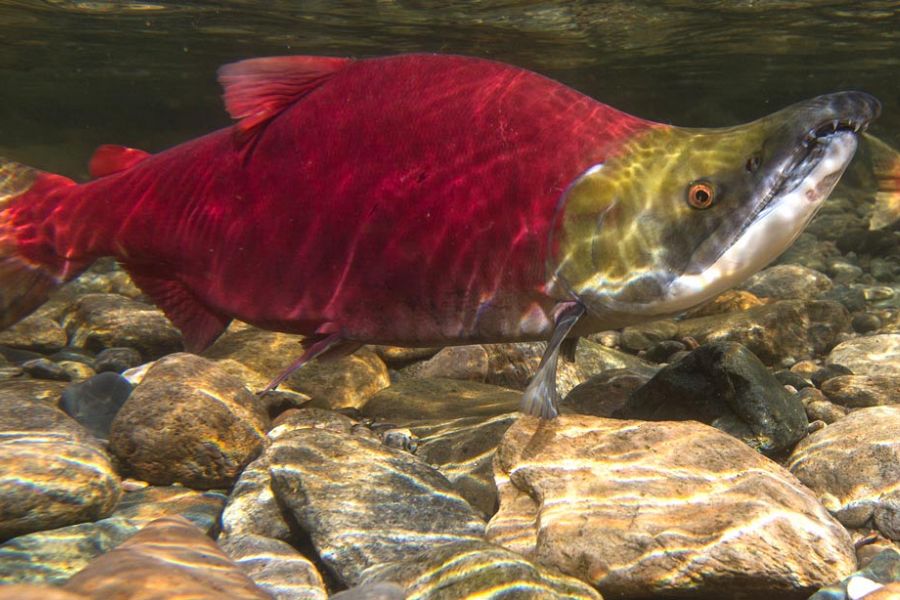
Photo Credit: Bruce Moffat
2018
In 2018, Steel posts for a fabric “sail” roof were installed with salmon cut-outs swimming up the posts.
Now today we are working towards the 2018 Salute to the Sockeye with a new venue of the Shuswap Salmon Symposium being held during the Salute. Leading up to the event the Salmon Society will be hosting various events – Earth Day, Interpretive Trail WalkAbouts and our Gala Fundraiser.
In May the Park was officially changed to Tsútswecw Provincial Park. Supporting our Indigenous neighbors and being located on Secwepemc territory.

